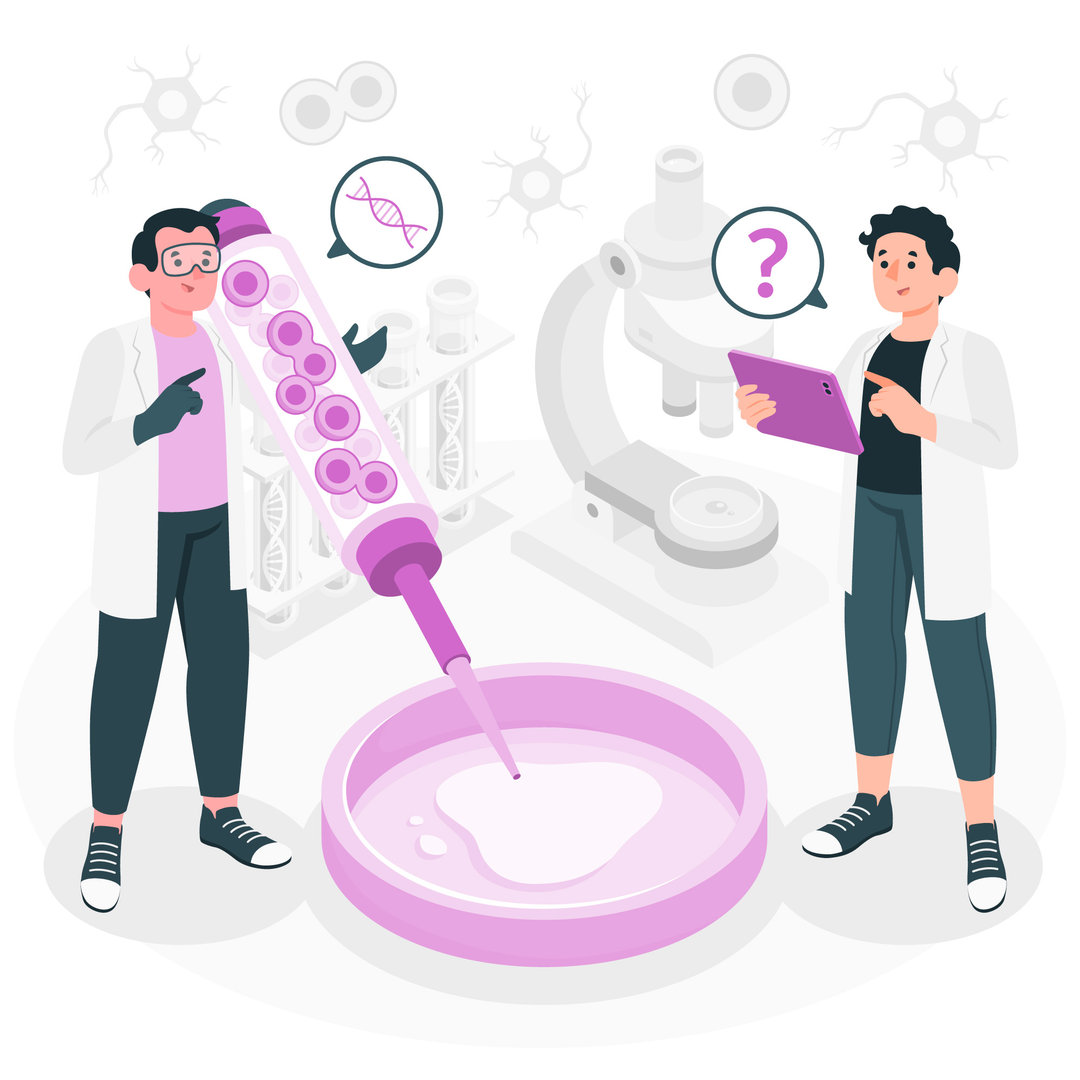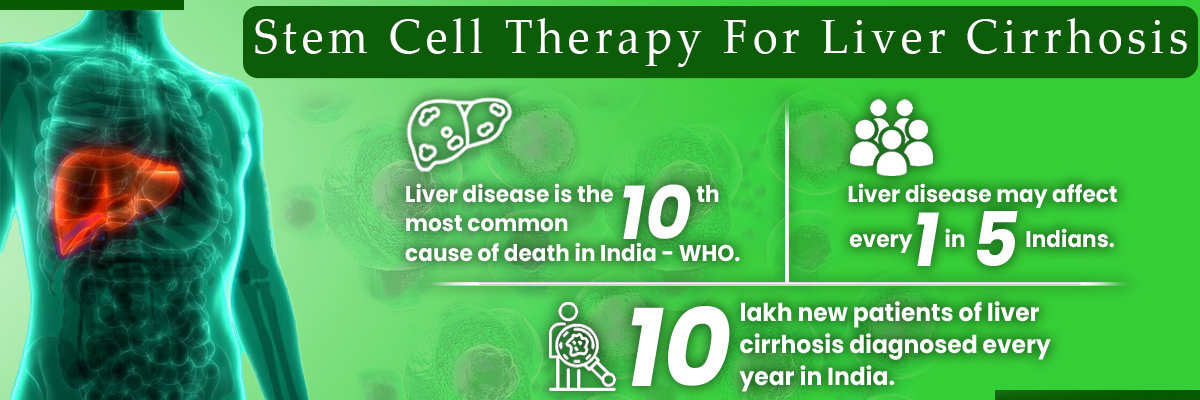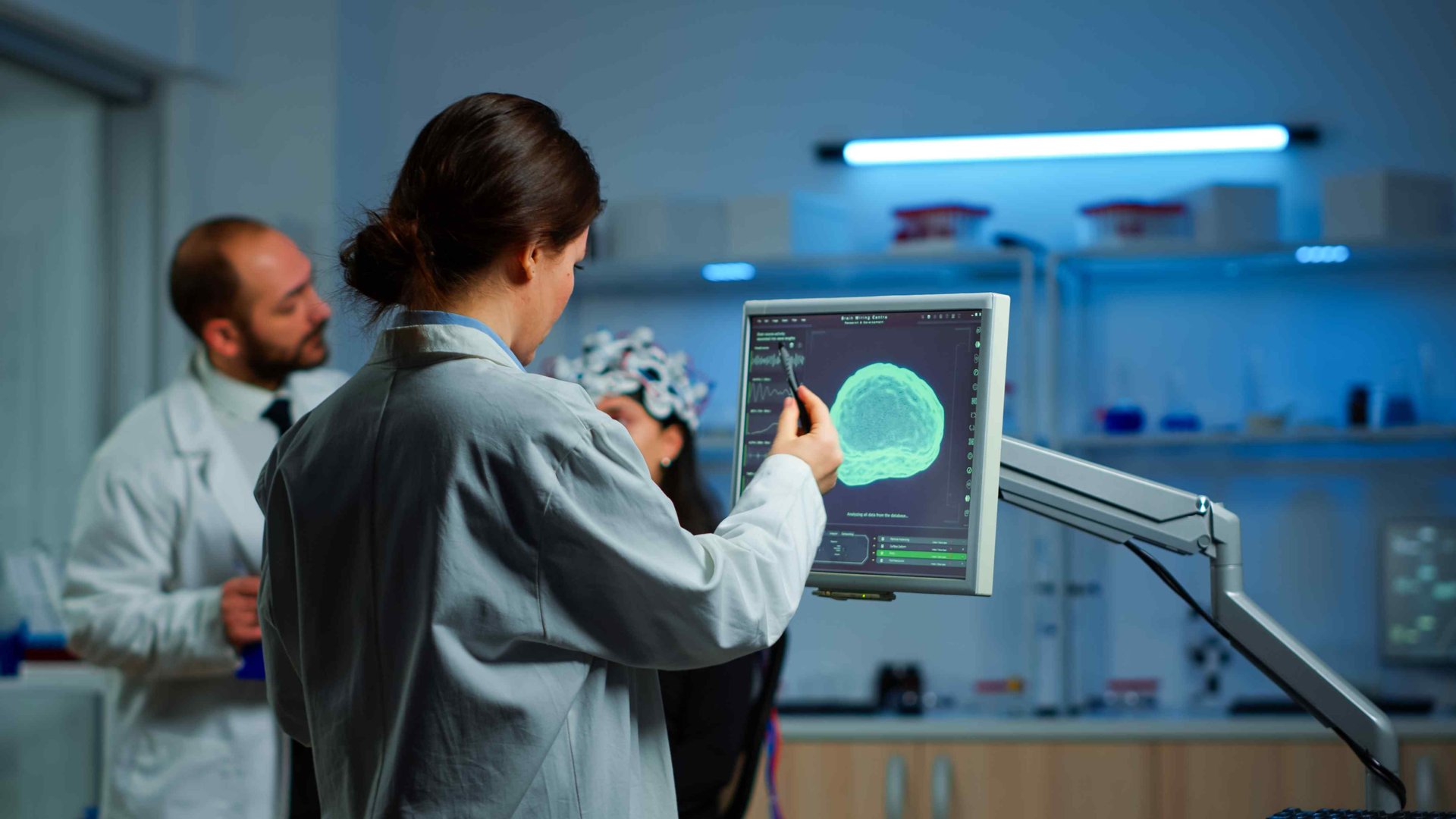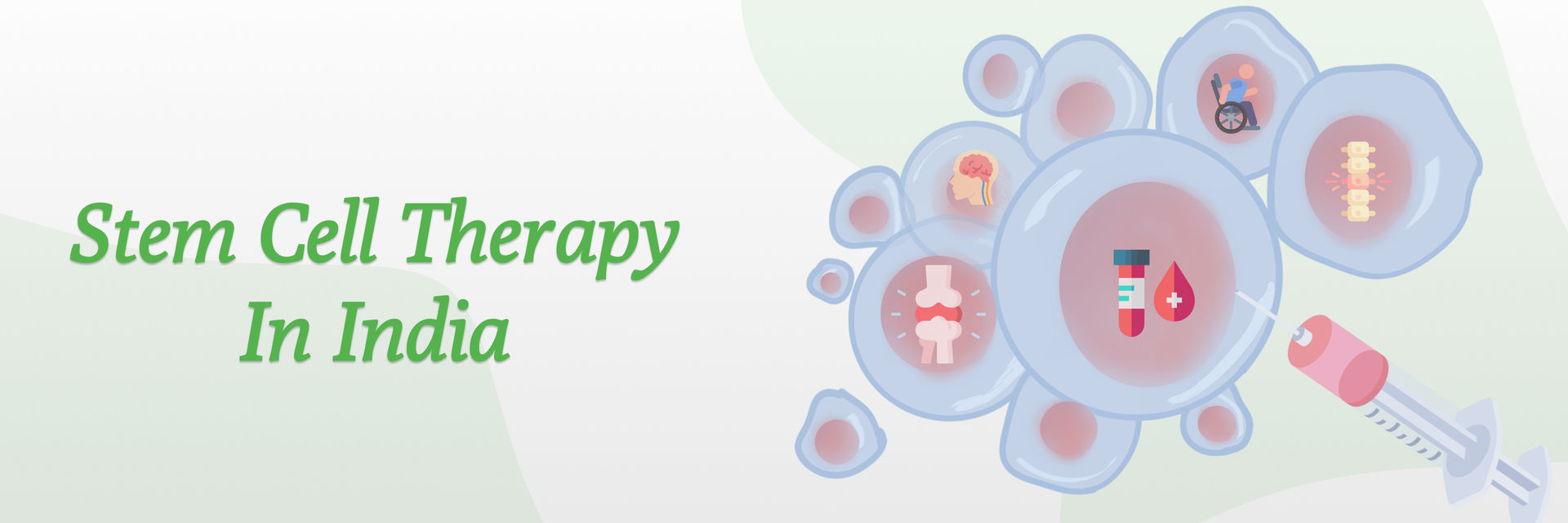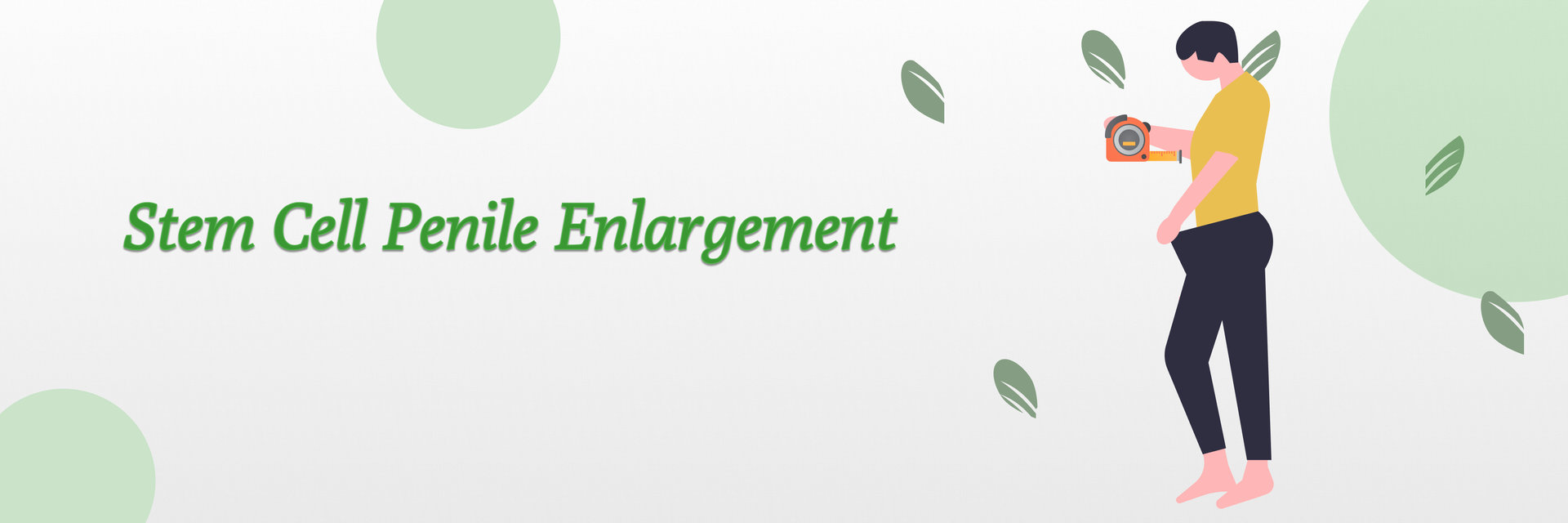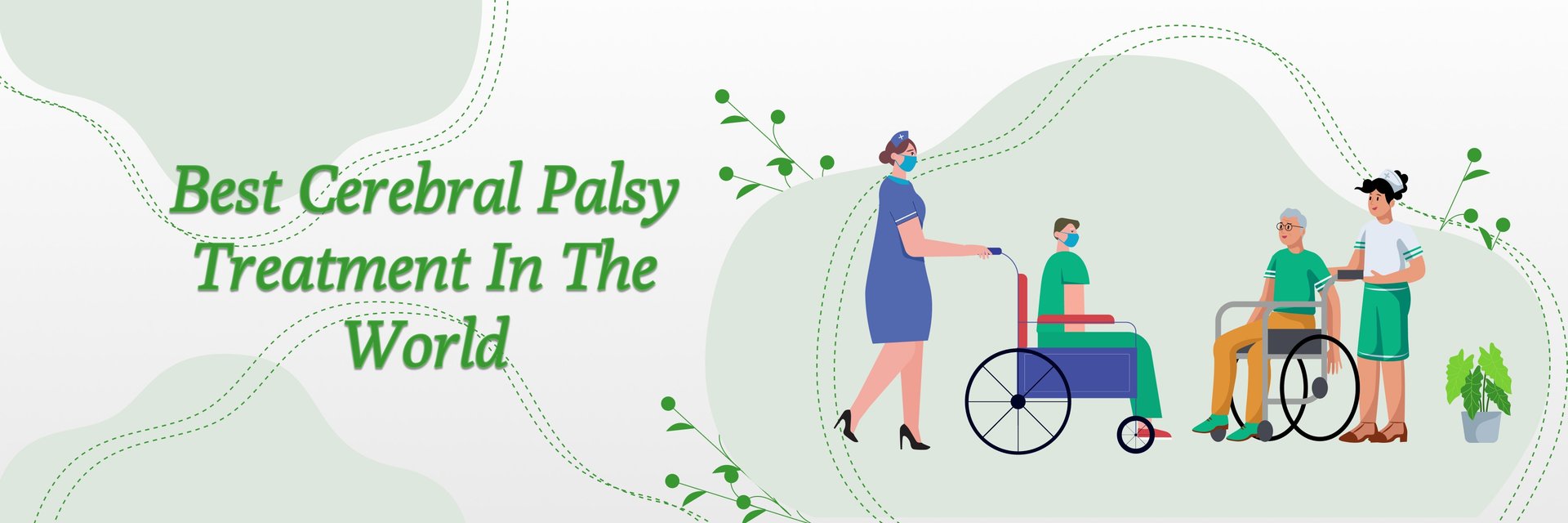Introduction
Stem cell banking in India has garnered significant attention due to the potential of regenerative medicine and its application in treating fatal diseases. With the ongoing expansion of stem cell research and advancements in stem cell technologies, the Indian government has begun to play a more significant role in enabling ethical, affordable, and accessible stem cell storage and preservation. Although private players dominate the market, a growing enthusiasm exists for government-sponsored initiatives to make this medical breakthrough more inclusive and regulated.
India, a multi-state country with varying healthcare access, can greatly benefit from the expansion of government stem cell banking. This form of health infrastructure not only allows for necessary treatment options but also provides enhanced strength to the foundation for an effective public health plan in the long run. If you want more information related to the topic, get connected with the professionals right now.
What is Stem cell banking?
Stem cell banking is the harvesting, processing, and storing of stem cells for possible future therapy. The most common source of cells is during birth from the umbilical cord blood. Storage of stem cells gives families an opportunity to store potentially life-saving cells that can cure leukemia, thalassemia, certain genetic ailments, and even some autoimmune diseases. Umbilical cord preservation is the most frequent procedure practiced in India due to its ease of harvest and richness of stem cells.
The harvested cells are stored at low temperatures to ensure long-term storage of stem cells. Stem cell banking services frequently involve front-end processing, cryopreservation, and storage on a routine basis, which typically extends over 21 to 75 years, depending on the plan. The recent breakthroughs in stem cell science have been producing very promising results towards the management of neurological disorders, orthopedic conditions, and even cardiovascular disease, thereby creating stem cell banking as a long-term health security investment. You can get consultation about stem cell preservation from the top doctors, and book a video doctor consultation on our platform in just minutes.
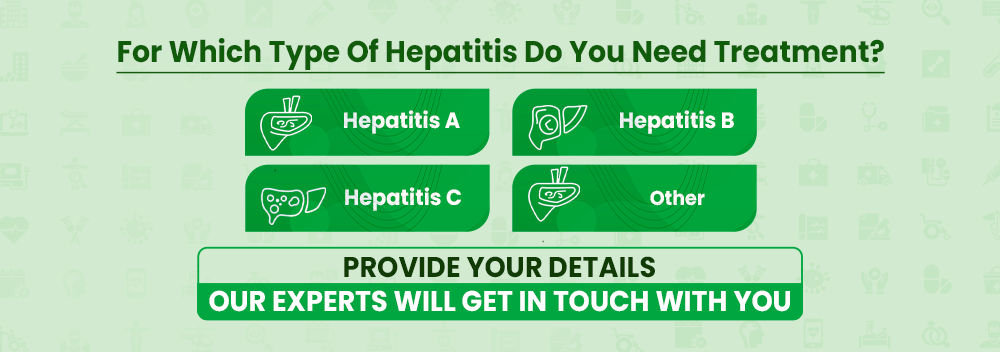
Government Banking vs Private Banking
Stem cell banking in India is currently offered through both private and government-supported institutions. While private banks cater to individuals who can afford premium services and personalized storage, government stem cell banks focus on broader public access and affordability. Understanding the key differences between the two can help families make more informed decisions. If you need more consultation to make an informed decision, you can connect with the best stem cell doctors in India.
| Features | Government Stem Cell Banking | Private Stem Cell Banking |
| Accessibility | Government stem cell banks is open for community as well for general public | Only registered families get access to the private stem cell banks. |
| Stem cell storage cost | The cost of storing stem cell in the government bank is cheaper compared to the private bank | The cost of stem cell preservation in private stem cell bank ranges from Rs. 50,000 and can go up to Rs.100,000. |
| Usage Rights | These stem cels can be used by the matched public reciepients. | The stem cells are reserved only for the family donor |
| Regulation & Oversight | Government stem cell banks are monitered strictly by the government bodies. | These are self-regulated with periodic chekcks by the external organizations |
Regulatory Framework for Stem Cell Banking
The stem cell banks in India are regulated by various organizations, and the stem cell banks have to adhere to the rules and regulations of all the regulatory authorities. Below is the list of the regulating bodies:
- Indian Council of Medical Research (ICMR): Issues guidelines for stem cell research and banking to encourage ethical practice.
- Central Drugs Standard Control Organization (CDSCO): Issues licenses to cord blood banks and imposes drug storage procedures on them.
- Department of Biotechnology (DBT): Funds and encourages research in stem cells conducted in the public sector.
These institutions offer ethical stem cell storage, standardization of processes, and accountability between private and government agencies. Adherence to regulatory stipulations is a requirement for any institution engaged in umbilical cord storage or stem cell banking. Regular inspections, renewal of license, and mandatory audits are also encompassed within this system of regulation.
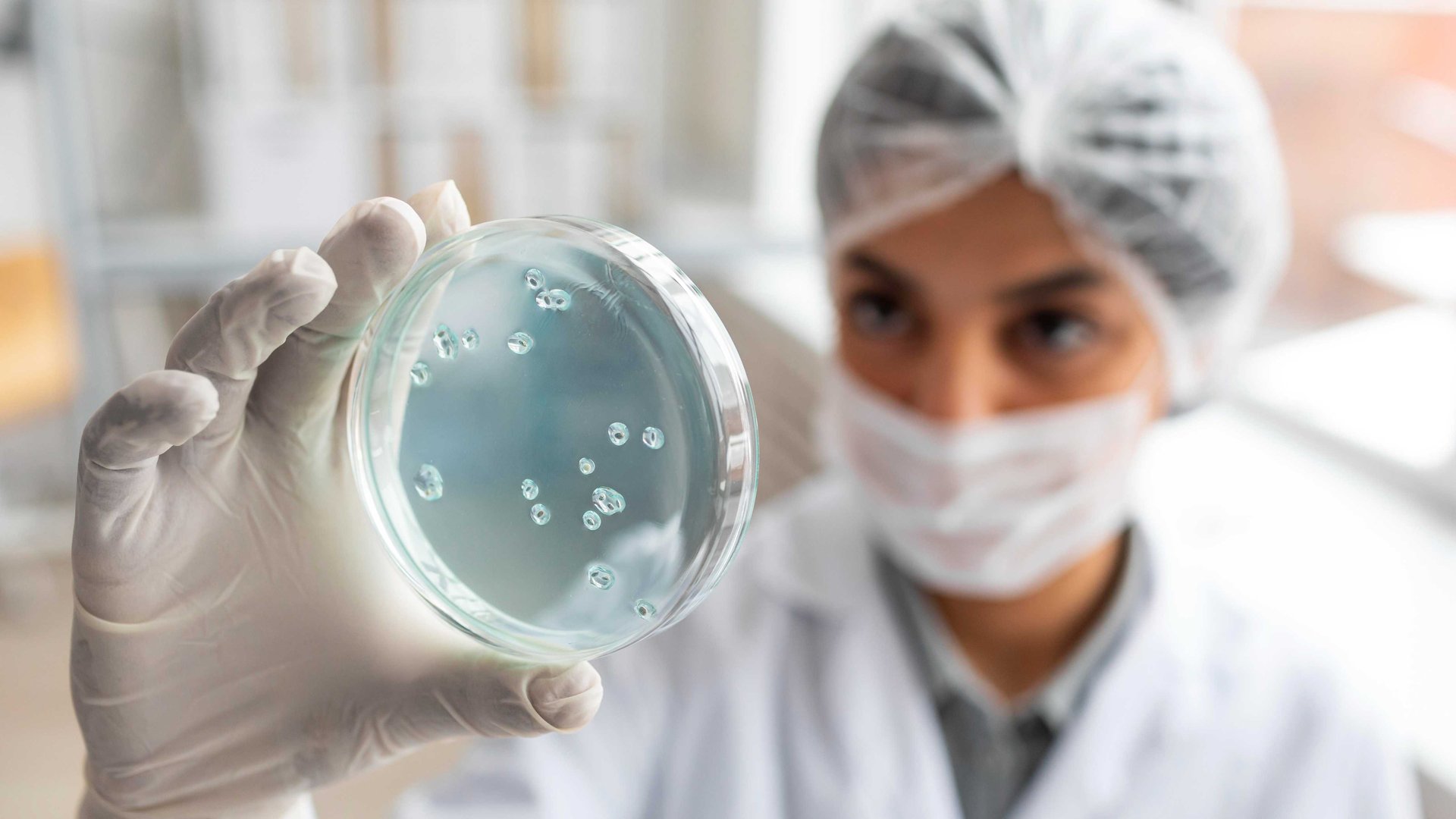
List Of Government-Approved Stem Cell Banks
Although the private institutions like LifeCell, CryoSave, and Cordlife are the ones with high publicity, stem cell banks approved by the government also operate in India. CDSCO reports that there are multiple umbilical cord blood banks that have operating licenses. Some of the government-approved or government-sponsored banks include:
- National Cord Blood Bank (NMMC, Navi Mumbai): A pioneering public sector initiative storing stem cells for public benefit.
- Indira Gandhi Institute of Child Health, Bengaluru: Well-known for children's treatment and work in stem cell preservation.
- Lok Nayak Hospital, Delhi: Government hospital with stem cell banking services registered under law.
Such banks prefer associating with public health missions or medical schools and are registered under the Drugs and Cosmetics Act. They are operated strictly on ethical grounds and are established to be in the public interest. There are many stem cell hospitals in India that provide the service of stem cell preservation.
Challenges Faced By Government Stem Cell Banks
Stem cell treatment is one of the latest treatments used in the field of medical science. It is very important to preserve stem cells so they to be available in the future for any medical needs. This leads to an increase in the demand for stem cell banks, especially the government stem cell banks. Here are some challenges faced by the government's stem cell banks:
- Funding Constraints: Meager budgets constrain the creation of infrastructure, storage facilities, and R&D activities.
- Knowledge Lacunae: There is a lack of awareness about stem cell storage among most families, or they consider it a luxury. Lack of advertising is behind this issue.
- Technological Restraints: More advanced technologies are typically controlled by private entities, holding back public bank modernization.
- Skilled Workforce: Lack of expert staff for processing and preservation results in lower operational efficiency.
- Geographical Limitations: Most public banks are geographically centered in metros, and access is absent in rural areas.
These concerns have to be addressed to enhance public access to stem cell banking and enable stem cell preservation economically. Public-private collaborations and strategic funding could provide a solution to these issues.
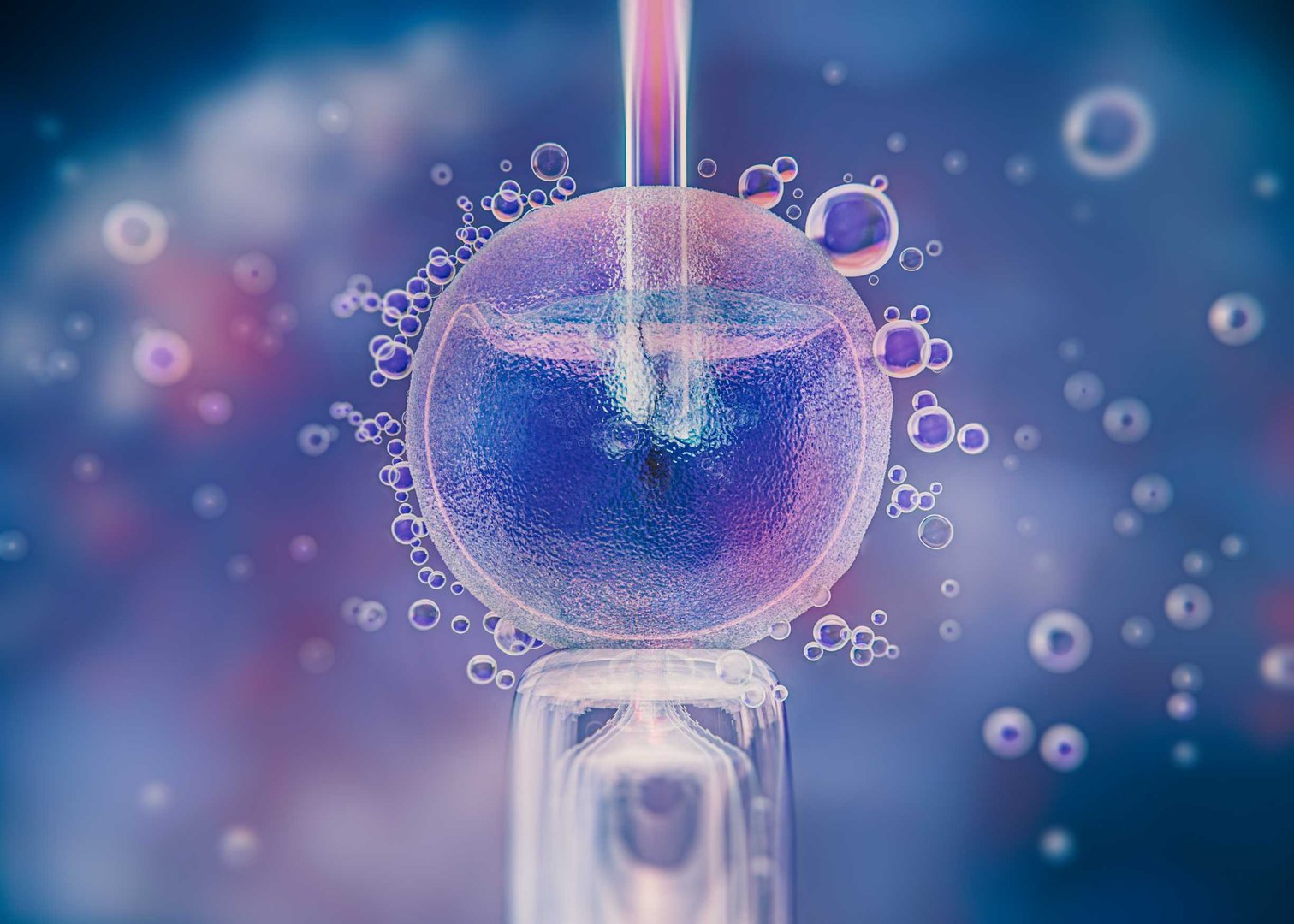
Stem Cell Banking Awareness
Lack of education is among the main public stem cell banking hindrances. Families are primarily informed of private banking options by hospitals at birth, but are seldom informed of public or government-funded ones. Public banking expense in India, specifically the reduced expense of public banking, can be encouraged with awareness.
Stem cell banking is also thought to be a luxury only afforded by the affluent. Educational campaigns, inclusion of stem cell topics in antenatal classes, and government outreach programs are needed. Public trust is also enhanced when people are assured that stored stem cells will be made available for use under a controlled and safe hypothesis. Increased media publicity, healthcare influencer support, and medical professional endorsements will make stem cell preservation a public good.
Future Of Stem Cell Banking
Summary
The heightened demand for affordable treatment modalities, coupled with reduced stem cell storage costs in India, is a pointer to a time when stem cell banking with government incentives becomes the norm. Indian public stem cell banking is a dormant giant but a powerful tool in the healthcare ecosystem. As private stem cell banking is in control, public sector efforts backed by regulatory forces offer a more equitable and cost-effective option. Generation of awareness, policy advocacy, and technology investment are the hours of need to mobilize this ecosystem.
With greater demand, reduced price of stem cell preservation in India, and increased enthusiasm for public health, government stem cell banking can become the pillar of personalized and regenerative medicine in the country shortly. Facilitating accessibility, creating trust, and investing in infrastructure will be the next steps in promoting stem cell banking as a universal right rather than a privileged one.
